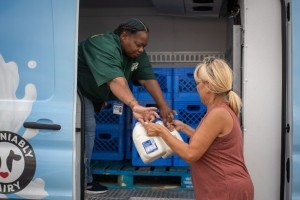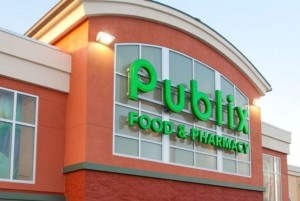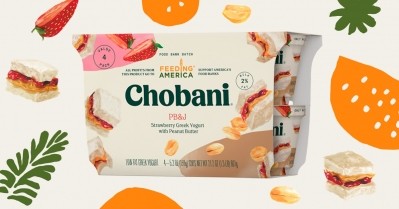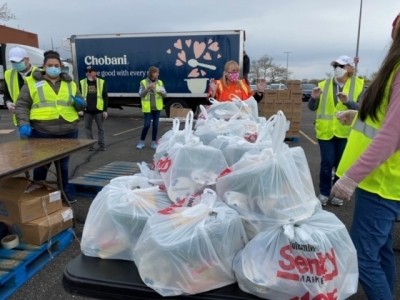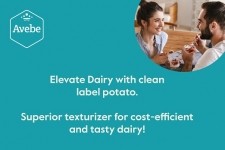Kroger buys and redirects dairy farmers’ surplus milk to Feeding America food banks
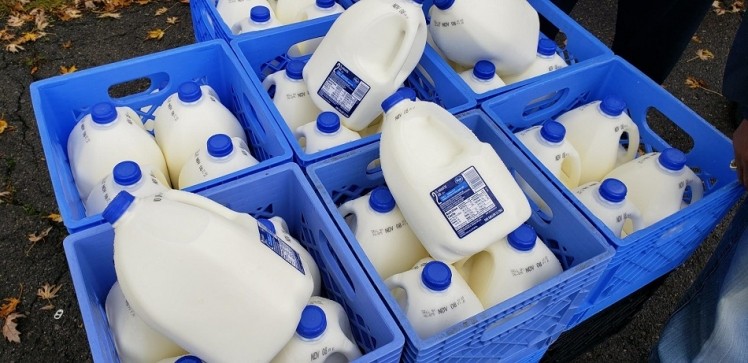
Food banks are experiencing surging demand as many Americans struggle to make ends meet during the crisis. According to Feeding America, an estimated 17.1 million additional people will experience food insecurity due to school closures and rising unemployment during the pandemic.
"With so many families struggling with unemployment and food insecurity today, providing access to fresh, nutrient-rich milk has never been more important," said Blake Thompson, chief supply chain officer, Feeding America. "Kroger's Dairy Rescue Program is keeping America's farmers productive, avoiding unnecessary food waste, and helping families in need."
Through its expanded 'Dairy Rescue Program,' Kroger will process (at its facilities in Kentucky, Michigan, Ohio, and Texas) and donate dairy farmers' excess fluid milk – one of the most requested but harder to stock items at food banks – to Feeding America food banks and community organizations through the end of August.
"Kroger recognizes the growing need for fresh, highly nutritious food in our community, especially for children as schools remain closed during the pandemic to flatten the curve," said Kroger group vice president of manufacturing, Erin Sharp.
"At a time when dairy farmers have surplus raw milk, we're doubling down on our mission to reduce hunger and waste."
Kroger's dairy processing plants and suppliers will be donating an additional 50,000 gallons of milk per month to local food banks and community organizations. Feeding America member food banks and other partners will help transport the gallons and half-gallons to local hunger relief agencies.
"As the COVID-19 pandemic has forced businesses like restaurants and hotels across the country to close, some of America's farmers are left without buyers for their dairy supply. Kroger's Dairy Rescue Program is an invaluable resource for the dairy industry during this crisis and beyond, helping distribute and process surplus milk to communities who need it the most," added Heather J. McCann, director of public affairs for Dairy Farmers of America's Mideast Area.
In a similar effort, Publix announced last week that it would purchase and donate 43,500 gallons of milk from southeast dairy farmers in the first week of the initiative (which will run for several weeks).
“As a food retailer, we have the unique opportunity to bridge the gap between the needs of families and farmers impacted by the coronavirus pandemic,” said Publix CEO Todd Jones.
Dairy industry seeks additional relief
As the COVID-19 crisis wages on, dairy losses will outpace those for cattle, oil seeds, and feed grain, with the average net cash income loss for a dairy farm projected to be $345,000, according to the National Milk Producers Federation (NMPF).
In the second half of April, the USDA announced its agricultural stimulus plan, which reaffirmed agriculture’s eligibility for small-business loans. Under the plan, up to $2.9bn in payments have been promised to dairy producers. The USDA also pledged $1bn in dairy-product purchases for food-distribution programs.
Despite the welcomed relief plans there's still the lingering concern that the efforts won't be enough to offset the drastic losses dairy farmers are experiencing during the crisis. As outlined by NMPF in a May 1 blog post, the organization is concerned that the USDA's loss calculations don’t reflect the full damage dairy will feel going forward, and that a product-purchase program may not be able to buy enough dairy to help bolster markets or meet unprecedented food-bank demands.
"We continue to engage with USDA and allies in Congress to address these, and other, problems as we seek relief adequate to the scale of damage, and we are confident that many of these concerns can be addressed," stated NMPF.
